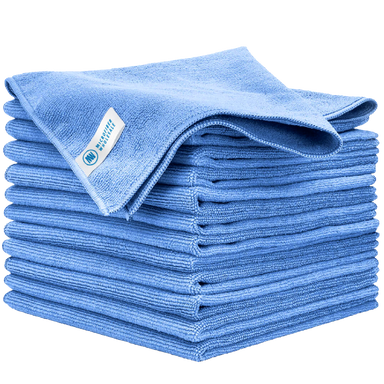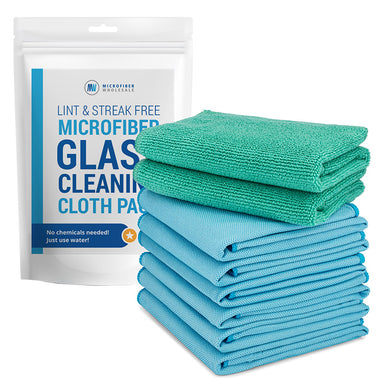If your team is still using old-school cotton string mops to clean commercial spaces, it’s time for a serious rethink. In industries where cleanliness isn’t optional, such as healthcare, hospitality, education, and facility management, choosing the right tools doesn’t just improve results, it improves safety, efficiency, and costs.
Cotton string mops may feel familiar, but they’re outdated. Not only do they spread germs more than they pick them up, but they also waste time, energy, and resources. Microfiber flat mops, on the other hand, are engineered for high-performance cleaning with less physical strain and better results.
Let’s break down exactly why microfiber flat mops outperform cotton string mops, and why sticking with the old method might be doing more harm than good.
















